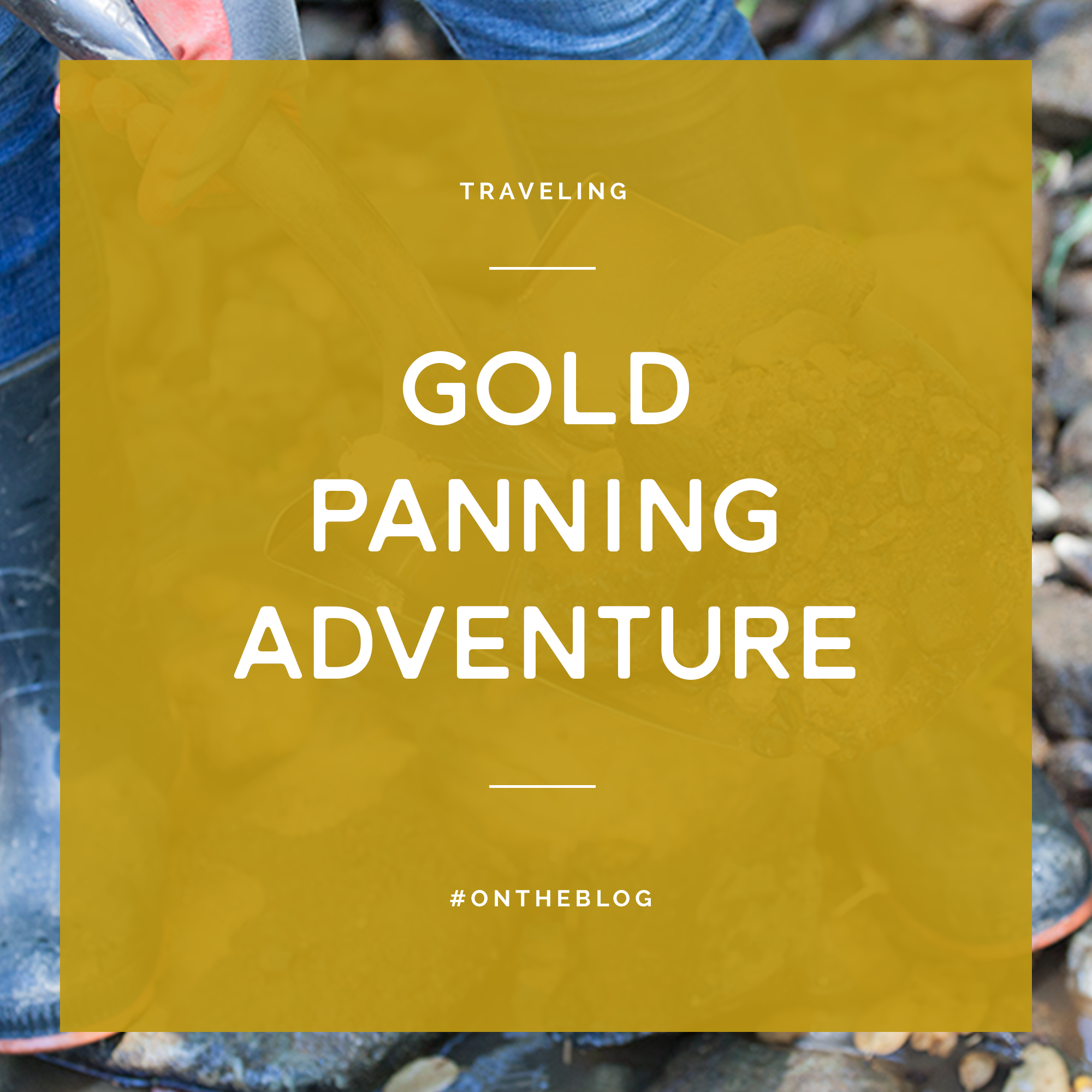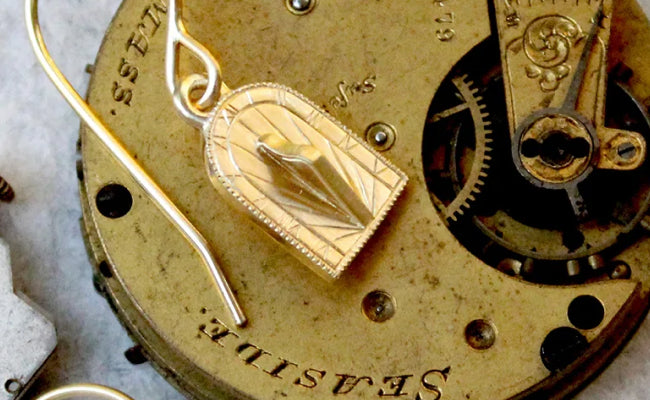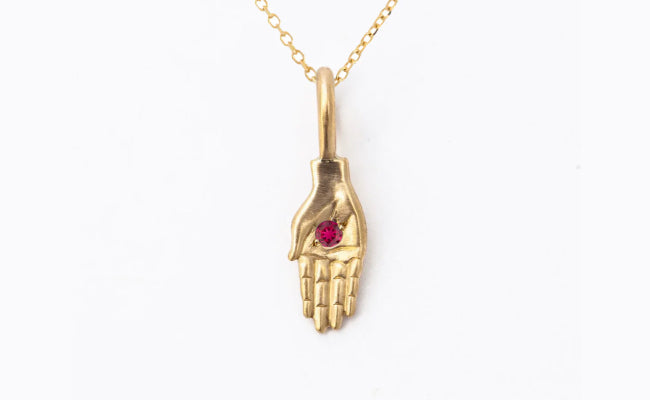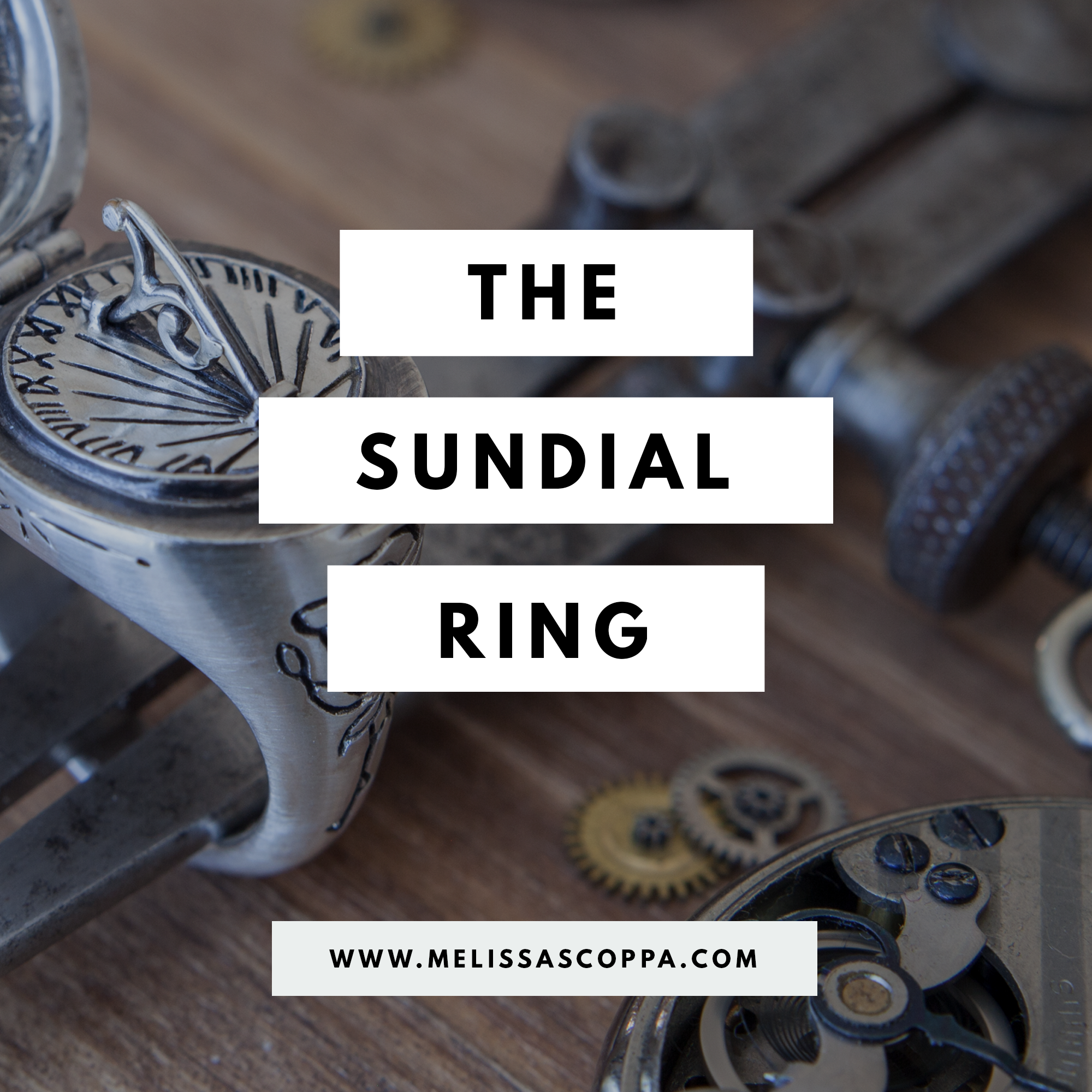Panning for gold is one of those things that has interested me for years. I finally got to check it off the bucket list by heading out to Jamestown, California where we set up shop along a small creek. Areas with slow moving water are best and preferably where fast moving water has just slowed down.


I signed up for a guided session and they provided everything that was needed which included a pretty sweet setup. A Honda generator was hooked up to a pump that pulled water from the creek and supplied it to a sluice box and high banking machine.

The water was sprayed downward onto a course metal grate on top of which we dumped shovels full of rocks and mud from the creek bed. This machine really helped us to process more material faster.


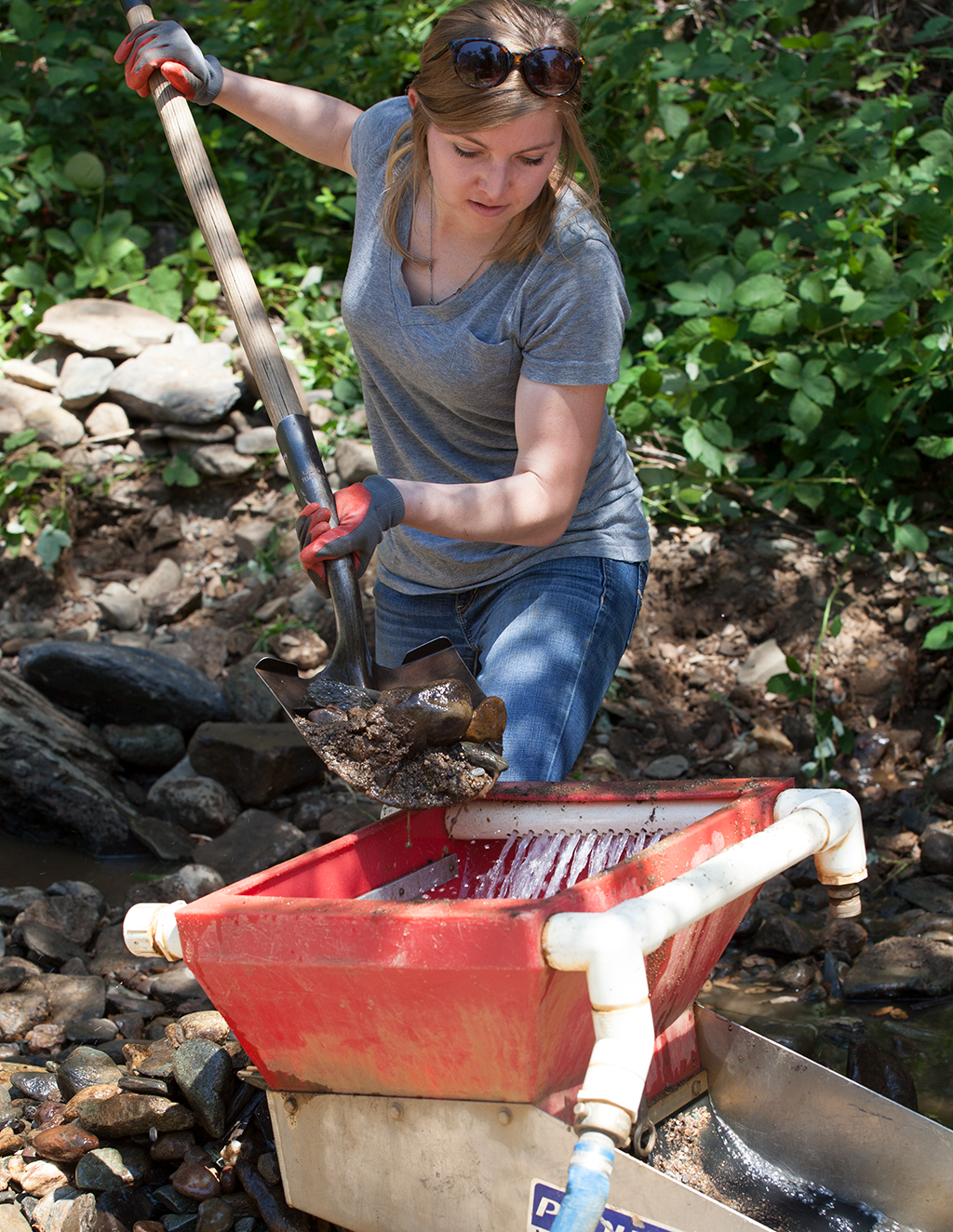
The water washed all dirt and debris from the rocks downward into an additional tray with various course meshes that were designed to catch the gold. Once rinsed, large rocks had to be manually removed from the machine.

Gold is the heaviest material with a higher specific gravity and would drop down while the running water would rinse everything else onward. One last chance to catch fine particles known as "baby gold" would be on the downward ramp where the water flowed out of the machine. Our miner explained that the machine must be propped up at just the right angle so that the gold would have a chance to settle down into the mesh and not be washed along. If the machine was placed at too harsh of an angle, everything including our gold would just be rinsed out.

Essentially it was hours of shoveling and hoping that the area where you were digging had some gold. We learned that gold often could be found around root systems of trees and even inside the root itself where the root may have grown around it over time. Many people had prospected in that very same creek for years and so we were looking to dig into the sides of the creek bed and expose new areas that perhaps hadn't been explored yet. We also dug underneath larger heavy boulders that maybe hadn't been moved in many years.




We did end up finding a little gold, but I couldn't tell you which of these tactics yielded the treasure or what area was the hot spot! Once we got to a point where we couldn't shovel any longer, we turned off the water and broke down the sluice machine. we carefully rolled up all of the mesh grates and rinsed them out into a large bucket. The fine silt, black sand and other debris captured in the tray were also emptied into the bucket and then we began panning. A little at a time we would agitate the material in water until the gold sank to the bottom and the lighter, unwanted material is washed out.
I can totally see how people could get "gold fever" and want to keep trying to find more and more gold. More serious operations do not use pans, but larger rocker boxes and commercial equipment.
Whether you are panning as a hobby or in a commercial operation, it is hard work prospecting with no guarantee that you will find anything at all! Occasionally you might get lucky, but you can't bank on it. My advice is to expect less, appreciate more, and you'll be happier with your outcome - Not a bad way of thinking just in general.
I must say that a lot of the memories I have of this day involve our guide. He was a bit on the eccentric side but very friendly and knowledgable- my favorite kind of people. He was a talker which meant we got a lot of stories whether we wanted them or not about wrestling rattlesnakes, a certain gold panning competition where a teen boy took only 6 seconds to reveal gold nuggets from the bottom of his pan ( I have been searching and can not find this youtube video), and how he himself came to have all false teeth?! What is on your "list" to check off this year?


My Airbnb host made a great suggestion to also visit the historic Gold Rush town of Columbia, California, and it did not disappoint. It was an amazing surprise and felt like I traveled back in time because everything was so well preserved. Everyone also super nice!? Founded in 1850, its the largest single collection of existing gold rush-era structures in the state and you can read more about it
here and enjoy some of my photos below.
